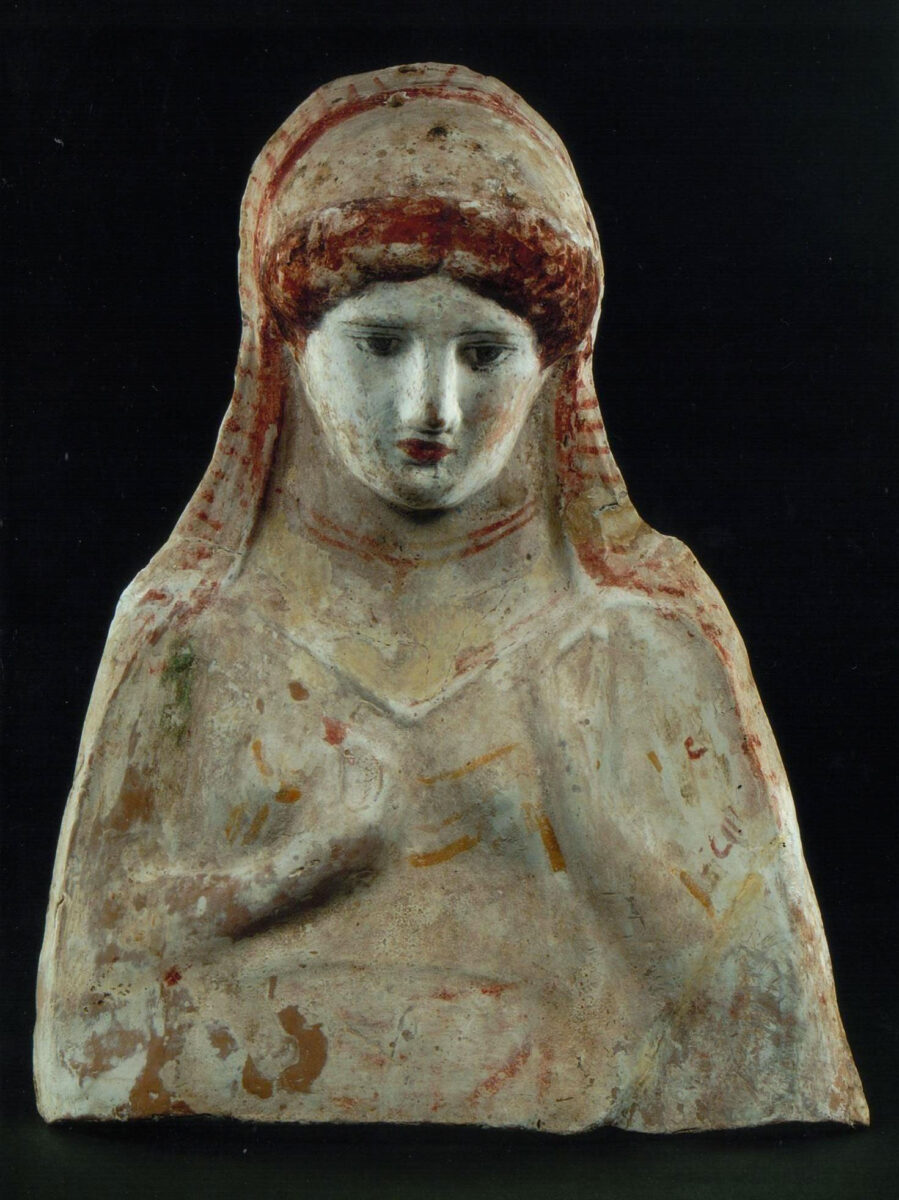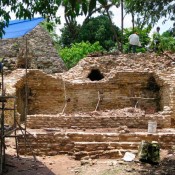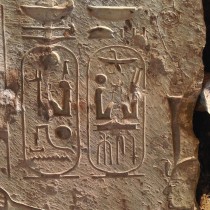Every week, the Ministry of Culture highlights a special exhibit from the country’s museums on its official Facebook account. This week it presents a work of art kept in the Archaeological Museum of Amphipolis: a clay female bust dating back to the end of the 4th century BC. It was found along with sixteen other busts of various types in a woman’s grave in the eastern cemetery of Amphipolis.
The bust depicts a woman or goddess. The preservation of the colors in the rendering of the details of dress and adornments is impressive.
According to the ministry’s post: “The female figure wears a tunic and robe covering the back of the head and shoulders. The details of the fabrics, the double necklace, the flower she is holding with her right hand, the hair and the lips are rendered in red. Dynamic strokes of black in the lining of the eyes convey with great success the expression of restrained sadness. The white coating on the face emphasizes the beauty ideal of the time. Similar busts can be found in houses, shrines and tombs, always as offerings to deities associated with fertility, reproduction and the rebirth of nature”.





